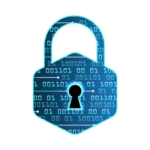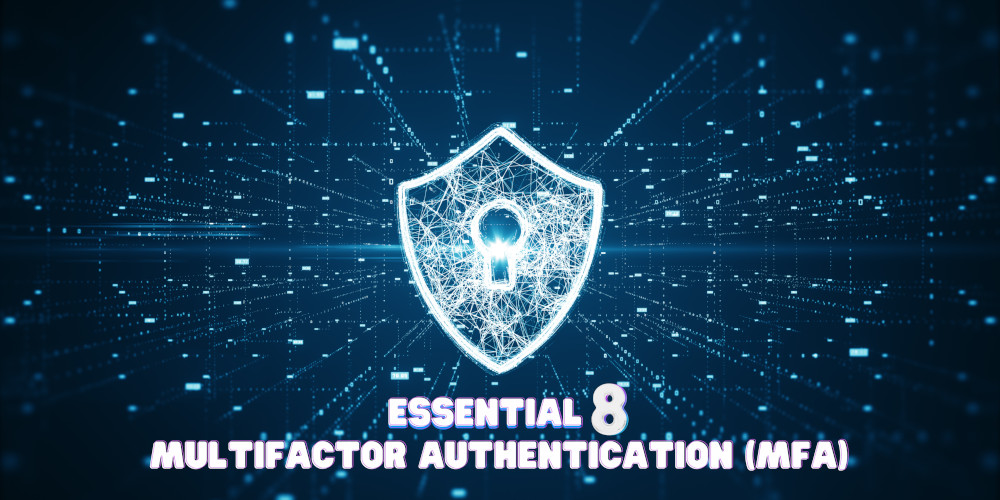
by Renee Bean | Feb 14, 2024 | Cybersecurity, IT Support Brisbane
In today’s digital world, small businesses face a growing onslaught of cyber threats, with the potential for significant financial and reputational harm looming large. Within this landscape, the Australian Cyber Security Centre’s Essential Eight strategies emerge as a beacon of guidance, with Multi-Factor Authentication (MFA) standing as its critical third component. This article dives deep into MFA, an essential layer of defence that extends beyond mere passwords, demanding additional verification that thwarts unauthorised access. By adopting MFA, you’re not just adding a security measure; you’re embracing a foundational principle of the Essential Eight to fortify your business against increasingly sophisticated cyber-attacks. Let’s explore how this powerful tool can be your ally, securing your digital assets against the backdrop of an ever-evolving threat landscape.
Importance of Multi-Factor Authentication:
- Enhanced Security: MFA significantly reduces the risk of unauthorised access by requiring multiple forms of identification.
- Phishing Resistance: Implementing MFA methods resistant to phishing attacks adds an extra layer of protection, reducing vulnerabilities.
- Credential Theft Prevention: MFA makes it challenging for cybercriminals to use stolen credentials effectively, thwarting their attempts.
Unlocking Enhanced Security: Navigating Multi-Factor Authentication (MFA) Choices for Your Business
In today’s digital age, safeguarding your business’s online assets is more critical than ever. Multi-Factor Authentication (MFA) stands out as a powerful shield, demanding two or more verification factors to confirm a user’s identity. These factors include something you know (like a password), something you have (like a security key), and something you are (like a fingerprint). This multi-layered approach significantly bolsters your defence against unauthorised access attempts.
But with various MFA methods available, how do you choose the right one for your business? The decision should be tailored to your specific security requirements and operational context. Each authentication method brings its unique strengths to the table, ensuring that your choice effectively balances security with user convenience.
Let’s dive into the world of MFA to understand the options at your disposal and how they can fortify your business against cyber threats.

Security Keys:
What They Are: Security Keys: Physical devices that provide secure authentication through public key cryptography.
Why Use Them: Ideal for high-security requirements such as remote access solutions.
Example: Employees use a physical USB device (security key) to authenticate their identity, providing a robust defence against unauthorised access.
Security Considerations: Ensure physical security of the keys; loss or theft can lead to unauthorised access if not quickly mitigated through revocation of the keys’ access privileges.
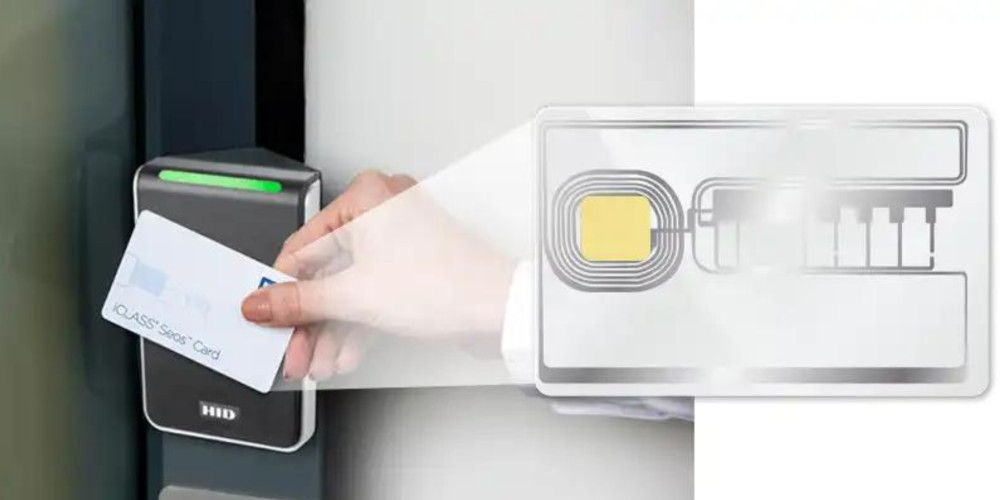
Smart Cards:
What They Are: Cards that use a private key stored on the card for authentication.
Why Use Them: Best suited for sectors with stringent security requirements like government and finance.
Example: Employees use a smart card and PIN for two-step verification to access secure systems.
Security Considerations: Physical security of the cards is crucial, as lost or stolen cards can be exploited if PINs are compromised or guessed.
certificate icon
Software Certificates:
What They Are: Authentication using a device’s Trusted Platform Module, combining a passphrase with a private key.
Why Use Them: Common for secure login to networks or sensitive applications.
Example: Utilising Windows Hello for Business, employees authenticate with a software certificate stored in a TPM for secure access.
Security Considerations: Certificates must be properly managed and updated to prevent exploitation; revocation lists must be maintained to ensure compromised certificates cannot be used.

Physical OTP Tokens:
What They Are: Devices that generate a time-limited, one-time password.
Why Use Them: Useful for secure, one-time access to critical systems.
Example: Employees use a physical device that generates time-limited OTPs for an added layer of security.
Security Considerations: Like with security keys, the physical security of OTP tokens is essential. Additionally, systems should be in place to quickly revoke access if a token is reported lost or stolen.

Mobile Apps:
What They Are: Applications on smartphones generating time-sensitive authentication codes.
Why Use Them: A cost-effective solution for businesses with mobile device users.
Example:Employees install an authenticator app on their smartphones, using codes for authentication.
Security Considerations: Ensure mobile devices are secure and up to date to prevent malware from capturing OTPs. Educate users on the importance of securing their mobile devices with strong passwords, biometrics, and keeping the software up to date.
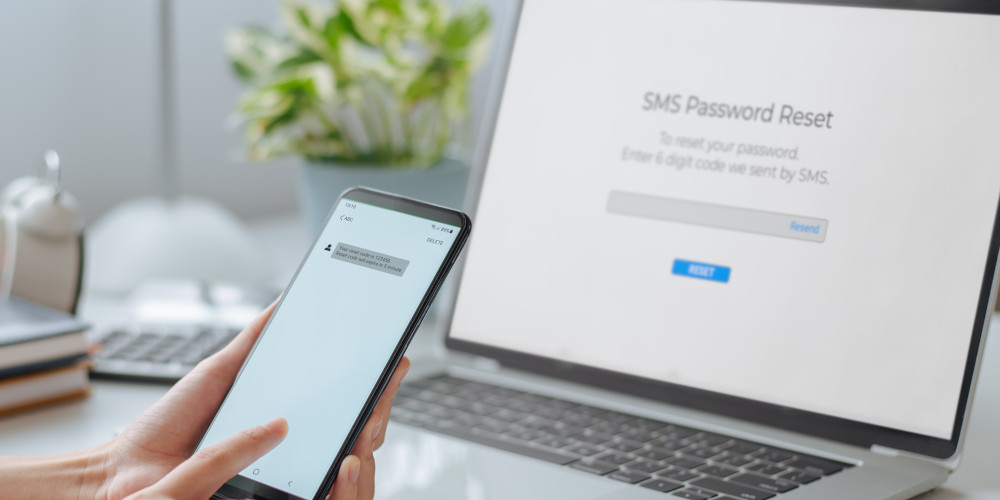
SMS, Emails, or Voice Calls:
What They Are: Methods that send a one-time code via SMS, email, or voice call.
Why Use Them: Convenient for a user-friendly MFA option, though with potential vulnerabilities.
Example: Users verify their identity during login by receiving a one-time code through their chosen method.
Security Considerations: Vulnerable to interception (e.g., SIM swapping for SMS). Use as part of a layered security approach or for non-critical access. Consider stronger methods for sensitive information.

Biometrics:
What They Are: Authentication methods using unique biological traits, like fingerprints or iris scans.
Why Use Them: Ideal for devices with built-in biometric scanners for enhanced security.
Example: Employees use biometric recognition (fingerprint or facial) on smartphones to access company applications securely.
Security Considerations: Ensure the storage of biometric data is secure and complies with privacy regulations. Be aware of limitations and potential for false positives/negatives and have alternative authentication methods available.
Best Practices for Secure Implementation:
To ensure seamless integration, consider the following best practices:
- User Education: Conduct workshops to educate employees about the importance of MFA and how to use different methods securely.
- Gradual Implementation: Introduce MFA gradually, starting with less sensitive systems to allow users to acclimate to the new authentication methods.
- Scenario-Based Training: Provide training sessions based on different scenarios employees might encounter, emphasizing the appropriate use of each MFA method.
- Continuous Monitoring: Implement continuous monitoring to detect any anomalies in the usage of MFA methods, enhancing overall security.
By tailoring the choice of MFA methods to specific scenarios, educating employees on their secure use, and implementing continuous monitoring, small businesses can effectively strengthen their cybersecurity defences. Multi-Factor Authentication is a cornerstone of cyber resilience, enabling small businesses to elevate their cybersecurity posture.
As we navigate the complexities of cybersecurity, implementing Multi-Factor Authentication (MFA) is not just a recommendation; it’s a necessity for safeguarding your business’s future. Don’t wait for a security breach to realise the value of your digital safety. Take the first step today by evaluating your current security measures and considering which MFA methods align with your business needs. Need help getting started? Reach out to our team who can guide you through the process, ensuring that your business is fortified with the best defences against cyber threats. Remember, in the digital age, being proactive about your cybersecurity is the key to staying one step ahead of attackers. Secure your business’s digital doors with MFA today.

by Renee Bean | Sep 25, 2023 | Business Management, Cybersecurity, Services
In today’s interconnected world, where businesses rely heavily on digital technology, the importance of cybersecurity cannot be overstated. Cyberattacks are on the rise, and businesses of all sizes are potential targets. As a business owner, protecting your digital assets is paramount, and one essential tool in your cybersecurity arsenal is the cybersecurity audit. In this article, we’ll demystify cybersecurity audits, explain why they’re crucial, and offer practical insights for non-technical business owners.
What Is a Cybersecurity Audit?
A cybersecurity audit is like a health checkup for your business’s digital infrastructure. It’s a systematic assessment of your IT systems, networks, and processes to identify vulnerabilities, assess risks, and ensure that security measures are in place and effective. Think of it as a preventive measure to safeguard your business against cyber threats.
Why Are Cybersecurity Audits Important for Your Business?
Identifying Vulnerabilities
Audits uncover weaknesses in your digital defences, such as outdated software, misconfigured settings, or inadequate access controls.
Risk Assessment
Audits uncover weaknesses in your digital defences, such as outdated software, misconfigured settings, or inadequate access controls.
Regulatory Compliance
Many industries have specific cybersecurity requirements. Audits ensure you comply with relevant regulations, preventing costly fines.
Data Protection
If your business stores customer data, an audit ensures it’s handled securely, reducing the risk of data breaches.
Business Continuity
Audits help you create robust disaster recovery plans, ensuring your business can continue operating even after a cyber incident.
Our Latest Cybersecurity Resources
The Cybersecurity Audit Process
Now, let’s break down the cybersecurity audit process into simple steps:
Define Objectives
Start by setting clear goals for the audit. What are you trying to achieve? Identify critical assets, like customer data or financial records, that need protection.
Select an Auditor
Choose a reputable cybersecurity firm or expert to conduct the audit. They should have experience in your industry and understand your specific needs.
Assessment
The auditor will examine your IT systems, networks, and policies. This includes checking for software updates, firewall configurations, and user access controls.
Identify Vulnerabilities
The auditor will uncover vulnerabilities or weaknesses in your digital infrastructure. They’ll prioritise these vulnerabilities based on the potential risks they pose.
Risk Assessment
Assess the potential impact of these vulnerabilities on your business. This step helps you understand which risks require immediate attention.
Recommendations
The auditor will provide recommendations for improving your cybersecurity posture. These may include software updates, stronger passwords, or employee training.
Implementation
Act on the recommendations to address vulnerabilities and improve security. This might involve software updates, policy changes, or security awareness training for your staff.
Ongoing Monitoring
Cyber threats evolve, so regular audits are essential. Consider scheduling annual audits to stay ahead of emerging risks.
Benefits of a Cybersecurity Audit for Business Owners
Peace of Mind
Knowing your digital assets are secure provides peace of mind, allowing you to focus on growing your business.
Cost Savings
Detecting and addressing vulnerabilities early can prevent costly data breaches or downtime.
Compliance
Audits help you stay compliant with industry regulations, avoiding potential legal issues.
Customer Trust
Demonstrating a commitment to cybersecurity builds trust with customers, enhancing your reputation.
Business Resilience
Being prepared for cyber incidents ensures your business can recover quickly, minimising disruption.
With cybercrime on the rise, cybersecurity audits are not just for tech experts; they’re a vital tool for all business owners. They help you identify vulnerabilities, assess risks, and take proactive steps to protect your business from cyber threats.
Remember, cybersecurity is an ongoing effort. Regular audits and continuous improvements are key to staying one step ahead of cybercriminals. By investing in cybersecurity audits, you’re not just protecting your business; you’re securing its future in the digital age.
Ready to Secure Your Business with a Cybersecurity Audit?
At KeyTech, we understand the importance of safeguarding your business in today’s digital landscape. Our team of experts specialises in cybersecurity audits tailored to your unique needs. With years of industry experience, we can help you identify vulnerabilities, assess risks, and implement robust security measures to protect your digital assets.
Why Choose KeyTech for Your Cybersecurity Audit:
Expertise
Our team comprises of professionals who have a deep understanding of cybersecurity across various industries.
Tailored Solutions
We customise our audits to align with your business objectives and industry-specific requirements.
Comprehensive Assessment
KeyTech’s audits cover all aspects of your digital infrastructure, ensuring no stone is left unturned.
Actionable Recommendations
We provide clear, practical recommendations to enhance your cybersecurity posture.
Interested in learning more about protecting your business from social media risks?
Explore our comprehensive guide on ‘Top 6 Social Media Risks Threatening Your Business Success‘ to gain valuable insights and strategies for safeguarding your online presence. Together, let’s fortify your business against digital threats in the ever-evolving cyber landscape.
Ongoing Support
Our commitment doesn’t end with the audit. We offer continuous support to keep your defences strong.
Don’t leave your business vulnerable to cyber threats. Contact KeyTech today to schedule a cybersecurity audit and fortify your digital fortress.

by KeyTech | Apr 27, 2023 | Communications, Cybersecurity, I.T., IT Support Brisbane
If you’re running a business, it’s important to be aware of your cybersecurity score. This score measures how well your business is protected against cyber threats and attacks. A low cybersecurity score can leave your business vulnerable to data breaches,...
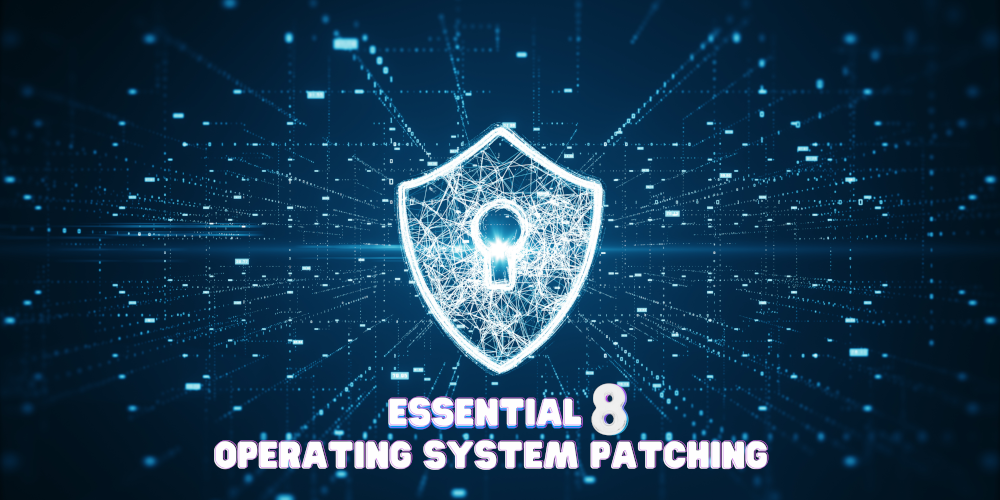
by Renee Bean | Feb 12, 2024 | Cybersecurity
In the ever-evolving landscape of cybersecurity, small businesses must be vigilant to protect themselves from potential threats. One crucial aspect of this defence strategy is the implementation of the Essential Eight, a set of mitigation strategies recommended by the Australian Cyber Security Centre (ACSC). In this article, we’ll shine a spotlight on the second component: Patch Operating Systems, breaking down its importance for small businesses in simple terms.
What is Patching Operating Systems?
Imagine your computer’s operating system as the foundation of your digital workspace. Just like a building needs maintenance to stay sturdy, your operating system requires regular updates to stay strong against cyber threats. This process of updating, known as patching, involves fixing vulnerabilities and strengthening the system’s resilience.
The Importance of Patching:
1. Security Reinforcement
Operating systems, like Windows or macOS, are vulnerable to exploitation by cybercriminals. Patching addresses these vulnerabilities, acting as a shield to protect your business data and sensitive information.
2. Proactive Defence
Cyber threats are ever-evolving, and attackers often exploit weaknesses in outdated operating systems. Regular patches keep your defence mechanisms up-to-date, ensuring that potential vulnerabilities are swiftly addressed.
3. Data Protection
Small businesses often handle sensitive customer information. Patching not only safeguards your systems from external threats but also ensures the confidentiality and integrity of your valuable data.
4. System Resilience
An updated operating system is a robust operating system. Patching enhances the overall resilience of your system, reducing the risk of disruptions or unauthorized access.
5. Compliance:
In certain industries, regulatory compliance demands that businesses maintain a secure IT infrastructure. Patching operating systems is a fundamental step toward meeting these compliance requirements.
Challenges and Solutions for Small Businesses:
Understanding the importance of patching is the first step but implementing it can pose challenges for small businesses. Limited resources and time constraints may hinder the process. However, there are practical solutions:
1. Automated Updates:
Enable automatic updates on your operating system to ensure patches are applied promptly without requiring manual intervention.
2. Scheduled Downtime:
Plan patching activities during non-business hours to minimise disruptions to daily operations.
3. Managed IT Services:
Consider outsourcing your IT needs to a managed service provider (MSP) that can handle the complexities of patching and cybersecurity, allowing you to focus on your core business activities.
Patching operating systems is not just a technical necessity; it’s a fundamental step in securing your small business against the ever-present cyber threats. By embracing a proactive approach to cybersecurity, you fortify your business, protect your clients, and ensure the longevity of your operations. Stay tuned for our next article as we continue unravelling the Essential Eight, providing actionable insights for small businesses to navigate the cyber landscape with confidence.
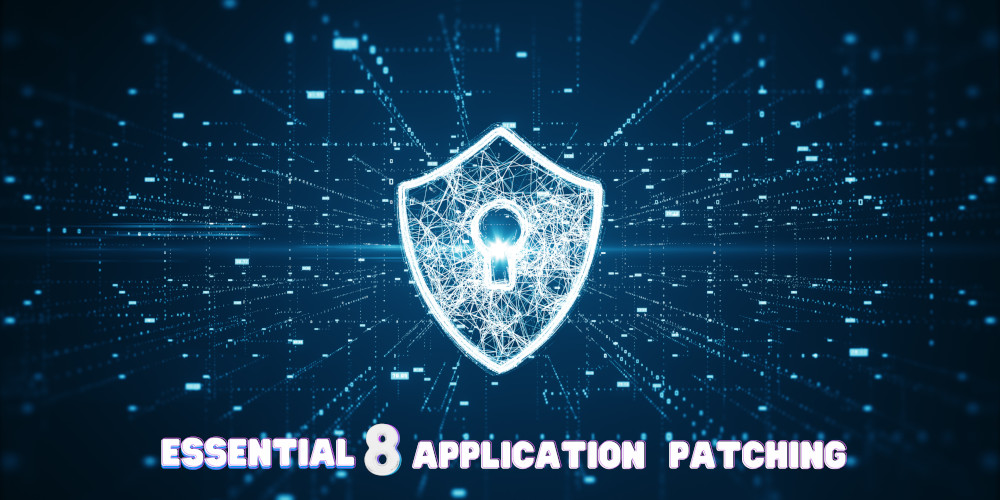
by Renee Bean | Jan 24, 2024 | Cybersecurity, I.T.
In the dynamic realm of cybersecurity, closing the knowledge gap becomes crucial for staying one step ahead of potential threats and developing strong cyber practices. This series explores the ACSC Essential Eight component: patch applications. This article delves into the intricacies of this frequently underestimated strategy, which plays a pivotal role in the defence against cyber threats.
Unravelling Patch Applications:
While discussions about application patching may occasionally go unnoticed, its significance cannot be overstated. Given that 34% of infection vectors are linked to vulnerability exploitation, understanding the crucial role of implementing application patches becomes a cornerstone in cybersecurity defence.
The Challenge: Bridging the Gap:
Making internal teams and clients understand the importance of “patch applications” presents a challenge. As we delve into this strategy, it’s clear that awareness and education play crucial roles in ensuring it’s implemented effectively.
Patching Applications Explored:
Patching applications involves more than creating a software asset register. Utilising a vulnerability scanner becomes critical, ensuring applications are up-to-date and all potential vulnerabilities are addressed. This process is intricately linked with application control, providing clarity on which applications require patching.
Customer Challenge: Identifying Installed Applications:
Identifying and keeping track of installed applications in end-user computing pose a major challenge in the patching process. This is often because many organisations don’t have an asset register and their users have the freedom to independently install applications.
Organisational Impact and Solutions:
Patching applications can be expensive, involving upfront and ongoing costs like time, effort, staffing, and software resources. It’s essential for decision-makers to be educated on standardising applications and set up processes for automatic identification and maintenance tools.
Empowering Cyber Infrastructure Protection:
In hardening endpoints and reducing attack surfaces, a robust application patching mechanism proves essential. This strategy, integrated into the ACSC Strategies to Mitigate Cyber Security Incidents framework, holds an “essential” effectiveness rating. Understanding the benefits empowers organisations to address customer concerns and unique challenges, bridging the gap between technical procedures and business processes. Education and improvement in cybersecurity practices contribute to collective protection against evolving threats. Stay tuned as we continue to unravel the Essential Eight, enhancing cybersecurity resilience one strategy at a time.
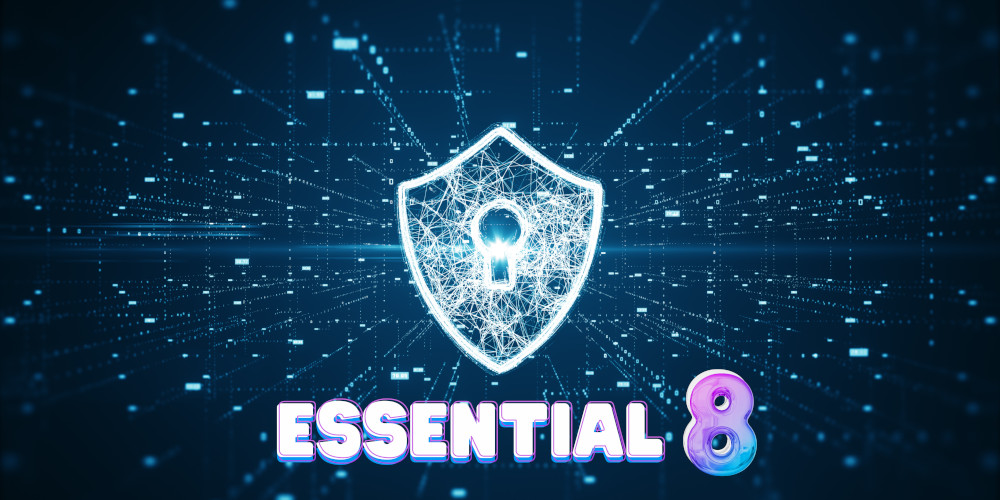
by Renee Bean | Jan 18, 2024 | Cybersecurity, I.T.
In an era where digital threats loom large, organisations must adopt robust cybersecurity measures to safeguard their sensitive information. The Australian Cyber Security Centre (ACSC) has provided a comprehensive framework known as the Essential Eight, comprising eight essential mitigation strategies designed to fortify your organisation’s defences. This article provides a general overview of the Essential Eight, paving the way for a deeper dive into each individual strategy in subsequent articles.
What is the Essential Eight?
The Essential Eight is a set of hardening or mitigation strategies recommended by the ACSC to protect against a broad spectrum of cyber threats. While initially designed for Windows infrastructure, these strategies are versatile and applicable across various environments. They serve as a fundamental foundation for organisations looking to establish a robust security posture.
Maturity levels
To guide organisations in implementing the Essential Eight, the ACSC has defined maturity levels (Maturity Level Zero through to Maturity Level Three). These levels are designed to address increasing levels of tradecraft and targeting, crucial aspects discussed further below. The maturity levels offer a strategic progression, enabling organisations to systematically fortify their cybersecurity resilience. Considerations should focus on mitigating different levels of tradecraft and targeting, aligning with organisational capabilities and the potential desirability to malicious actors. Each maturity level comes with specific requirements outlined at the cyber.gov.au website, offering a comprehensive approach to enhance cybersecurity posture.
ACSC Information Security Manual (ISM):
As your security posture evolves, mapping it to elements of the ISM assists in understanding how the Essential Eight fits within your overall security framework.
Key Components of the Essential Eight:
1. Patch Applications:
Regularly updating software applications is crucial to addressing vulnerabilities and reducing the risk of exploitation.
2. Patch Operating Systems:
Keeping operating systems up to date ensures that security flaws are promptly addressed, enhancing overall system resilience.
3. Multi-Factor Authentication (MFA):
Adding an extra layer of security beyond traditional passwords is essential for protecting sensitive accounts and systems.
4. Restrict Administrative Privileges:
Limiting access to administrative functions minimises the potential for unauthorised changes, reducing the risk of security breaches.
5. Application Control:
Managing the execution of applications helps prevent the installation and execution of malicious software.
6. Restrict Microsoft Office Macros:
Controlling the use of macros in Microsoft Office applications mitigates the risk of macro-based threats.
7. User Application Hardening:
Enhancing the security of user applications reduces attack surfaces and strengthens the overall security posture.
8. Regular Backups:
Implementing and maintaining a robust backup and recovery process is crucial for ensuring business continuity and resilience against ransomware and other destructive events.
The Importance of Regular Backups:
While all eight strategies play a vital role, special attention is often given to the practice of regular backups. By realistically assuming the possibility of losing access to IT resources, organisations can develop plans to ensure business continuity. The focus on key elements of the backup and recovery process is paramount, ensuring that important data, software, and configuration settings remain intact.
Challenges and Solutions:
Implementing the Essential Eight, especially regular backups, comes with its own set of challenges. Testing restoration of backups, securing backups, and protecting them from modification or deletion are critical aspects that require careful consideration. Subsequent articles will delve deeper into these challenges and provide practical solutions for organisations to strengthen their cybersecurity posture. In conclusion, the Essential Eight serves as a comprehensive guide for organisations seeking to enhance their cybersecurity resilience. By incorporating these mitigation strategies, businesses can significantly reduce their vulnerability to cyber threats. The subsequent articles in this series will explore each strategy in detail, offering practical insights and guidance for implementation. Stay tuned to fortify your organisation’s defences in an ever-evolving digital landscape.

by Renee Bean | Jan 16, 2024 | Cybersecurity, I.T.
In the dynamic landscape of technology, small businesses often rely on Managed Service Providers (MSPs) for comprehensive IT solutions. However, one prevalent misconception persists—the belief that engaging an MSP guarantees complete protection against evolving cyber threats. Unveiling this myth, recent studies reveal that 85% of cyberattacks stem from human error, making employee education paramount in fortifying organisational information security.
Creating a Comprehensive Cybersecurity Awareness Program:
To empower small businesses against cyber threats, MSPs must establish robust cybersecurity training programs. These initiatives should equip clients and their employees with the knowledge and skills to understand their responsibilities, safeguard sensitive information, and identify signs of potential cyberattacks.
Phishing and Social Engineering:
One of the most insidious threats, phishing, and social engineering exploit human vulnerability. MSPs must educate clients about recognising phishing attempts, which often involve clicking on deceptive links or providing sensitive information. Key indicators include content errors, a sense of urgency, and suspicious email addresses. Immediate actions include informing IT and resetting passwords to mitigate potential damage.
Access, Passwords, and Connection:
Client cybersecurity training should delve into network aspects like access privileges, password security, and network connections. MSPs can guide employees in creating secure passwords, emphasising uniqueness, length, complexity, and regular updates. Additionally, users should exercise caution with external network connections, using trusted sources or VPNs to ensure secure data transmission.
Device Security:
As the era of bring-your-own-device (BYOD) gains momentum, MSPs play a crucial role in educating employees about device security. Every connected device represents a potential vulnerability, making it imperative to understand the risks associated with personal mobile devices. Awareness campaigns should focus on safe browsing habits, judicious app installations, and cautious clicking to protect company data.
Physical Security:
Beyond digital threats, physical security is often overlooked. MSPs can guide clients and employees in implementing practices that enhance physical security. Simple measures such as locking devices when unattended, securing documents in locked cabinets, and proper disposal of sensitive information contribute significantly to safeguarding data.
In the realm of managed services, the responsibility of MSPs goes beyond deploying protective measures; it extends to educating and empowering clients and their employees. Partnering with KeyTech will serve as a valuable resource, offering support, educational materials, and expert insights to help your team enhance their capabilities. By embracing a comprehensive approach to cybersecurity education, KeyTech can fortify your small businesses against the ever-evolving landscape of cyber threats.
Got Questions about Cybersecurity Education? Let’s talk!
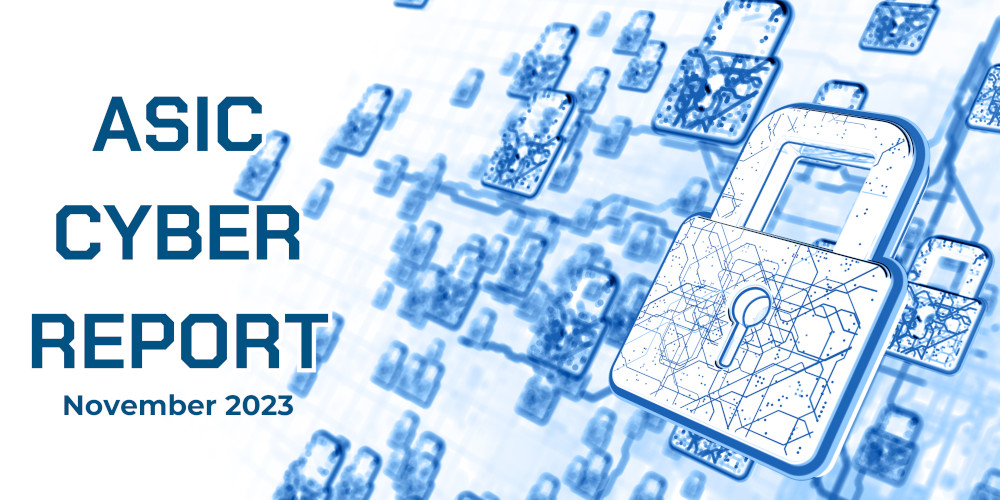
by Renee Bean | Nov 16, 2023 | Communications
In its latest media release on November 13, 2023, ASIC is urging businesses to enhance their cybersecurity practices. The call follows ASIC’s comprehensive report, highlighting significant gaps in the cyber capabilities of businesses across Australia. According...









